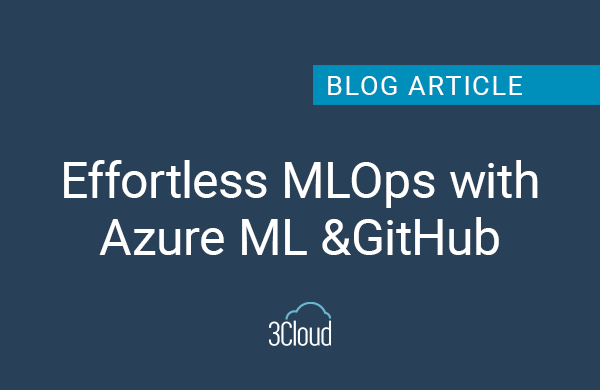When city government begins to leverage data, it can spur transformations that maximize resources, support people and infrastructure, boost education, streamline city services, and so much more. Generally, the most challenging part of a data analytics project is figuring out where to start. Are data available? Is there a good question to answer?
Municipalities are all very different – industry, presence of a college or university, weather, and more can vary. But some challenges affect almost all: areas lacking critical internet connectivity, effective allocation of scarce budget resources, and generating adequate revenue fairly. As these are also issues where data is often easily available, nearly every municipality can begin using technology today to analyze them.
Internet Connectivity
Connection to the internet, especially during the time of COVID-19, is critical. Those who work from home rely on an internet connection, as do students trying to learn remotely. Unfortunately, not everyone has the same access to the internet. This can be due to very limited or no or service provider options, or a lack of affordable offerings.
In its annual American Community Survey, available at data.census.gov, the U.S. Census Bureau asks questions about internet access and makes data available down to the census-tract level. You can quickly discover which census tracts have the lowest internet connectivity, either through exporting data or reading data in via API. Add in an additional variable – poverty – and you can then understand if there is a relationship between poverty and lack of internet in a household. As school districts, cities, states, and the federal government debate investment in broadband expansion across the country, this data can inform your municipality’s potential need to invest and partner in internet expansion and affordability. Being armed with data about where your community needs to narrow the gap can help when applying for grants or lobbying elected officials.
The Power BI dashboard below shows broadband connectivity rates and poverty rates in Syracuse, New York. The darker red areas are census tracts with lower connectivity rates and higher poverty. In the scatterplot, each point represents a census tract in Syracuse and compares poverty rates and broadband connectivity. Notice the relationship where the poverty rate rises as the connectivity rate falls. There are many reasons for this, and the relationship is likely not causal, but it is a finding worth researching more in your own municipality.
Using Power BI, the entire dashboard can be filtered, so if you want to find more information about a specific census tract, all you need to do is select a tract from the map, scatterplot, or table.
Budget
The annual budget is a municipality’s lifeblood. It shows the intention of where a municipality intends to invest scarce resources, and ultimately, is the best way to understand priorities and values. For an analyst seeking data, budget information is generally available in a machine-readable format (especially if you make friends with the budget director), and oftentimes the information is readily accessible online.
Austin, Texas, makes both budget and expenditure data available on its Open Data Portal. The dashboard below, built using Power BI, is an example of how such information can be visualized to make it more digestible and understandable. Instead of a long PDF budget document with lists of dollar amounts and categories, this dashboard easily shows which departments receive the most money in the budget, how much of that budget departments have spent so far this year, and, by building a hierarchy of budget items, a user could easily see how much is budgeted and expended in different funds (capital versus operating budgets, and more).
Because budget documents are often long and filled with tables of numbers, they may not be read by many people; but since they are so important in the way a municipality operates, making those documents more accessible can be key to increasing community engagement.
Assessment Data
Behind every municipal budget is the revenue funding it. Municipal governments raise revenue in a variety of ways, one of which is through property taxes. Those taxes are generally associated with property assessments; here is another place where you should be able to access data to embark on an important analysis.
Analyzing data by property type and city neighborhood is a good way to begin exploring assessment inconsistencies and working toward accuracy. A joint study released June 2020 by university economists highlighted property assessment inequities across the U.S. Prior to its release, newspapers were undertaking their own analyses to suss out assessment gaps, such as this Syracuse.com | The Post-Standard investigation.
Using often readily available data, cities can undertake their own community property assessment explorations. With Power BI, you can load in and filter data by neighborhood, property, or land use type.
The dashboard shown below, with data available at data.syrgov.net, aggregates all property assessment data by city neighborhood and also by assessment section – as defined by the city of Syracuse. In it, you can see which parts of the city have higher average assessments. The next step of the analysis should then look at how the assessments compare to sales prices, but this dashboard alone can offer a lot of value to an Assessment department.
Finding the right questions to tackle when building data-driven analyses in government can be difficult – both because there is so much to focus on, and finding data that is straightforward to work with can be challenging. But asking the right questions, and using data and analytics to delivery clarity and answers, can lead to data-driven city management improvements.
The examples above – all using data that is often available internally in an easy-to-use format, or publicly, can offer important understanding and inform potential policy change.
Interested in learning more? Visit 3Cloud’s Modern Business Intelligence page to learn how technology can deliver value to your municipality.




